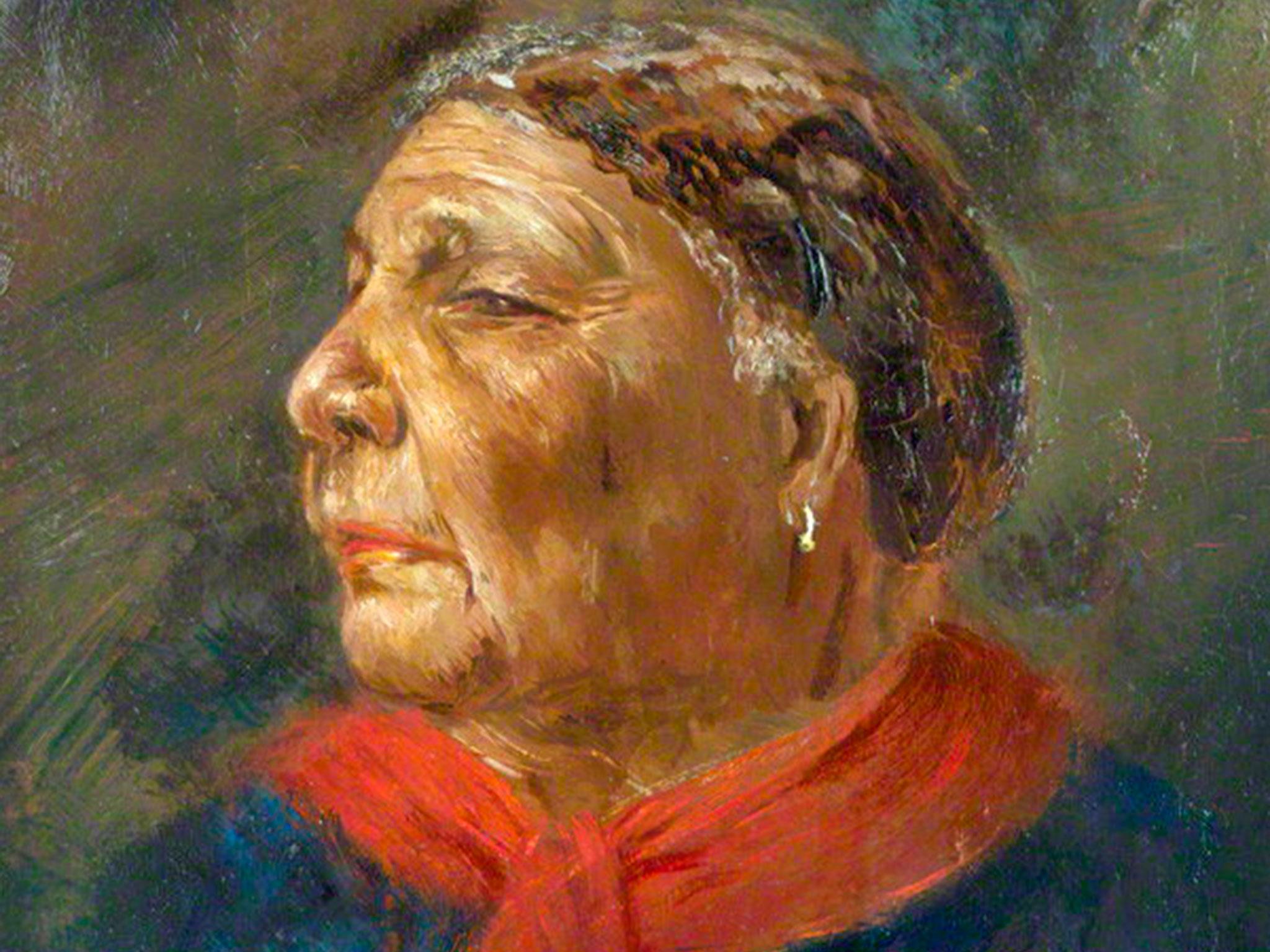We need a woman on the £50 note – and before you mention the queen, there’s a reason she doesn’t count
Contributing to society since the beginning of time – with or without permission – it is vital that women famous for their work and not their sovereignty are represented on our bank notes


If you’re about to point out that the queen is a woman and her likeness has appeared on all British currency since 1960, don’t. Reader, I’ve noticed that.
As the Bank of England opens the voting process for the British public to choose who appears on the new £50 note, once again it is only right that we sound the klaxon for a woman to be recognised. I’d even go one step further and argue that men shouldn’t be considered for the honour this time at all. It is time we saw parity on our currency.
Announcing the news on Thursday at the Science Museum in London, governor Mark Carney revealed that the new plastic note will celebrate a scientist from British history, saying: “I am delighted that the new £50 will celebrate the UK’s contribution to science…Our banknotes are an opportunity to celebrate the diversity of UK society and highlight the contributions of its greatest citizens.”
Whoever is selected will replace steam engine pioneers James Watt and Matthew Bolton. Over the next six weeks, people can nominate a historical person from any scientific field including astronomy, biology, biotechnology, chemistry, engineering, mathematics, medical research, physics, technology or zoology.
Describing how they make the final decision once public nominations have closed, the Bank of England states: “We look for UK characters who have made an important contribution to our society and culture…We want the characters who make it onto our banknotes to come from different backgrounds and fields. When selecting a new character, we take into account who has featured on notes in the past.”
It’s a comfort that diversity has been specifically mentioned in the announcement. It hints that the panel – made up of Dr Maggie Aderin-Pocock MBE, Dr Emily Grossman, Professor Simon Schaffer and Dr Simon Singh – will ensure the new nominee will mark a far cry from the near abolishment of women from our currency in 2013, avoided only by an incredible campaign by journalist Caroline Criado-Perez. Noticing that the replacement of prison reformer Elizabeth Fry with Winston Churchill on the £5 note would result in an all-male line up on our banknotes, Criado-Perez took the Bank of England to task to ensure a woman would be represented on the £10 note. Jane Austen was installed four years later and Criado-Perez donated her first one to a woman’s charity, prompting thousands of others to do the same.

What was more disturbing than the fact that the Bank of England thought that removing all women from our currency (except the one who was born into her role rather than chosen for her accomplishments) was a good idea, was the reaction to the campaign. Trolls responded with vitriol at the idea that a woman should even get a look in. Criado-Perez received rape and death threats. Showing that we will not cower to this reaction is reason enough to make sure we push for a woman this time.
When issues like these arise, people often grumble that there are far more important things to be worrying about than whose face appears on a piece of paper. There are, and feminists in particular are all too aware of them, but to dismiss female representation as unimportant is to dismiss the very foundation that alters our perception of women and minorities in society. Any move to challenge the status quo is an imperative one.
It is vital that women who were famous for their work and not their sovereignty, are represented on our bank notes. For one to be represented on the highest denomination would be the ultimate display of recognition, especially in light of the UK’s persistent gender pay gap. Of course, many people cannot afford a £50 note. Many women, in particular. But putting a female face on one makes a statement.
Women represent only 14 per cent of blue plaques, there are more men named David and John that lead FTSE 100 companies, there are more statues called John than there are statues of real women, and women still only make up just 32 per cent of the House of Commons – a record high. Making women more visible, bringing their stories and their achievements to the forefront, shows how we value their contributions to society, following centuries of them being erased.
Studies have proven that being exposed to female role models has a positive impact on women’s performance in tests, their ability to engage in public speaking and even their choice of career. When it comes to science, in particular, women still make up just 23 per cent of the workforce and, once in, they are told by leading male scientists that “physics was invented and built by men” or that women are “too distracting” to be in the lab. What better way to encourage women into STEM careers, as the government says it wants to do, than to put our money where our mouths are?
Women have contributed to British science in their droves. Their contribution has been perpetually erased and systematically discredited, but they made them nevertheless. They made them despite being locked out of scientific academies, barred from obtaining fully-fledged degrees and discriminated against for their sex, race and social standing throughout history. If we overlook a woman now, we follow in these footsteps.
There are plenty of women to choose from. What about Rosalind Franklin, the scientist whose pioneering contribution to the discovery of the structure of DNA was largely forgotten when two male scientists walked away with the Nobel Prize in 1962? Or how about Ada Lovelace, the mathematician who wrote the first-ever computer algorithm in 1843, which today forms the grounding of most of what we do with computers today? In the spirit of the (long overdue) intersectional feminism of the day, wouldn’t it be wonderful for our brilliantly diverse nation to break the all-white history of our banknotes? Mary Seacole – long pitted against Florence Nightingale – was turned down as a volunteer in the Crimean War so went alone to the battlefield to tend to injured soldiers. She would be a no-brainer.
Women have been contributing to society since the beginning of time, with or without permission. They make up half the population – it’s time for them to be recognised on half of our bank notes. Nominations for the new £50 are open until 14 December. You can vote here. Use your voice and represent women, lord knows they deserve it.
Join our commenting forum
Join thought-provoking conversations, follow other Independent readers and see their replies
Comments
Bookmark popover
Removed from bookmarks